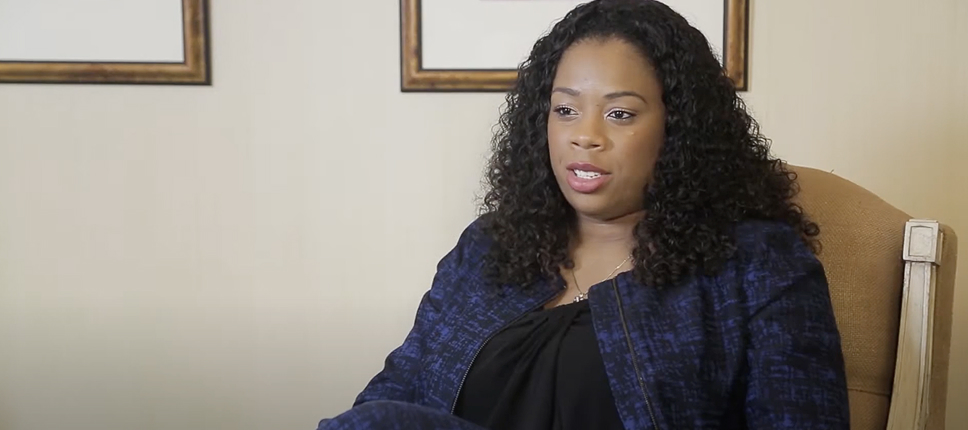Posted in Personal Injury Lawyer
Burden and Standards of Proof D.C. Automobile Accident Lawyer
In both civil and criminal cases, the person who brings forth charges has the burden of proof, but this can shift as a case progresses. Depending on the type of case, there are different standards of proof. The more serious the consequences, the higher the standard of proof.
Burden of Proof
Throughout a case, the burden of proof can shift between each party. It consists of two concepts: burden of production, and burden of persuasion.
The burden of production means the person who lay charges must come forward with enough evidence to support his or her claim. When the burden is satisfied, the issue may be decided by the judge or jury. This obligation shifts as a trial progresses. When one party has met its burden, the burden shifts to the other.
The burden of persuasion is the obligation of a party to introduce evidence that persuades the factfinder that a particular “proposition of fact” is true.
Beyond a Reasonable Doubt
In criminal cases, the standard of proof is beyond a reasonable doubt. The prosecution must prove that the defendant is guilty beyond a reasonable doubt, meaning that it must convince the jury that there is no other reasonable explanation that can come from the evidence presented.
In the famous O.J. Simpson murder case, Simpson was acquitted because the jury was not convinced beyond a reasonable doubt that he killed Nicole Brown and Ronald Goldman.
Prepondera nce of the Evidence
nce of the Evidence
In most civil cases, the standard of proof is a preponderance of the evidence. The factfinder must believe the evidence shows that the defendant is more likely than not to be guilty. OJ Simpson was sued in 2001 for wrongful death. Due to the lower standard of proof, Nicole Brown’s estate was awarded $12.5 million in punitive damages. Mr. Goldman’s heirs were awarded $8.5 million in compensatory damages and $12.5 million in punitive damages.
Clear and Convincing
In other civil cases, the standard of proof is clear and convincing evidence. This is the case in determining whether the plaintiff is entitled to punitive damages, or something more than money (like civil liberties) is at stake.
“Clear and convincing” means the evidence is highly and substantially more likely to be true than untrue; the trier of fact must have an abiding conviction that the truth of the factual contention is highly probable. Colorado v. New Mexico, 467 U.S. 310 (1984).
If you or a loved one has been injured due to negligence or wrongful conduct, the attorneys at Cohen & Cohen can help get you the compensation you deserve. Contact us today at (202) 955-4529 for a free case evaluation.































